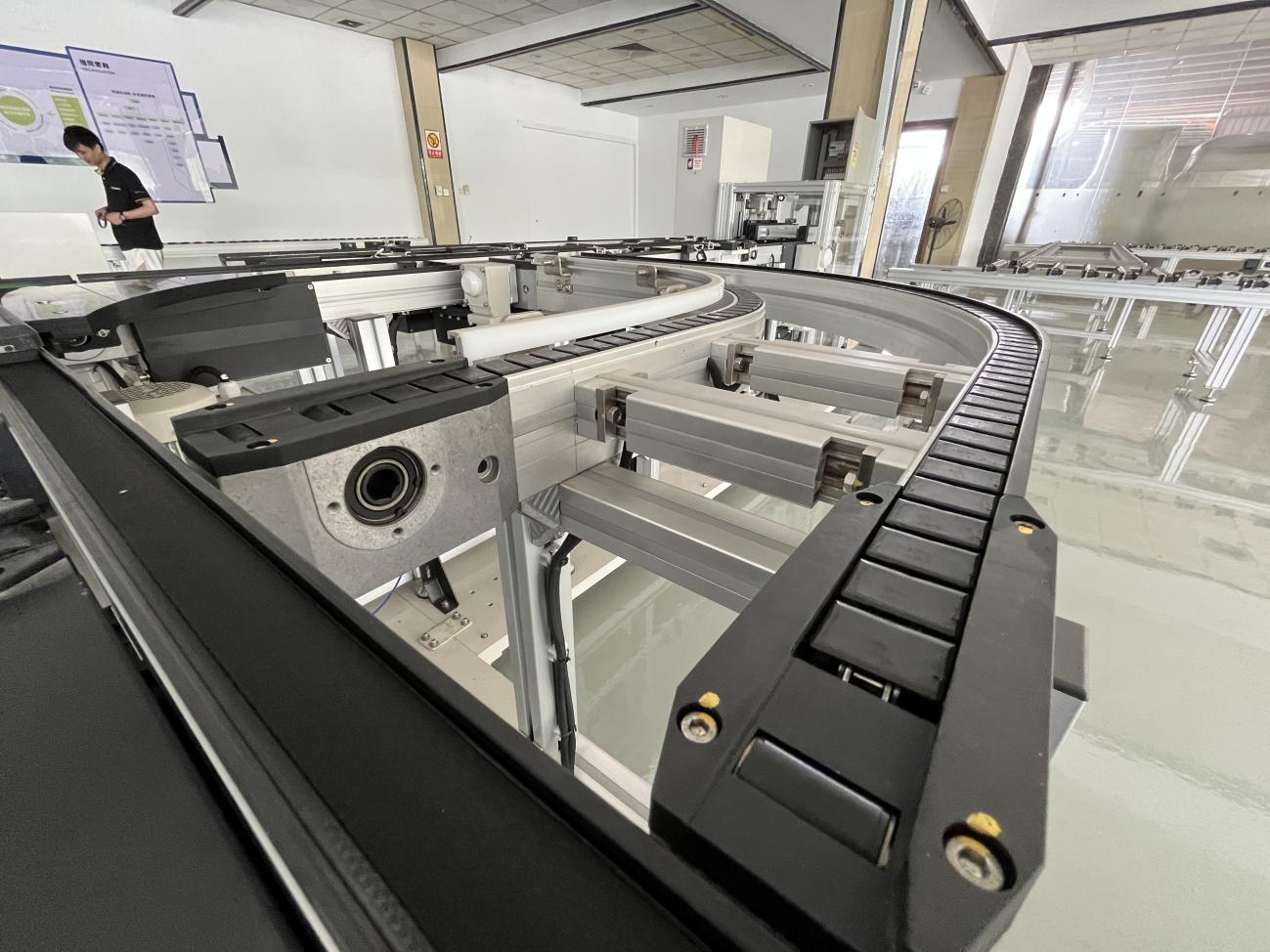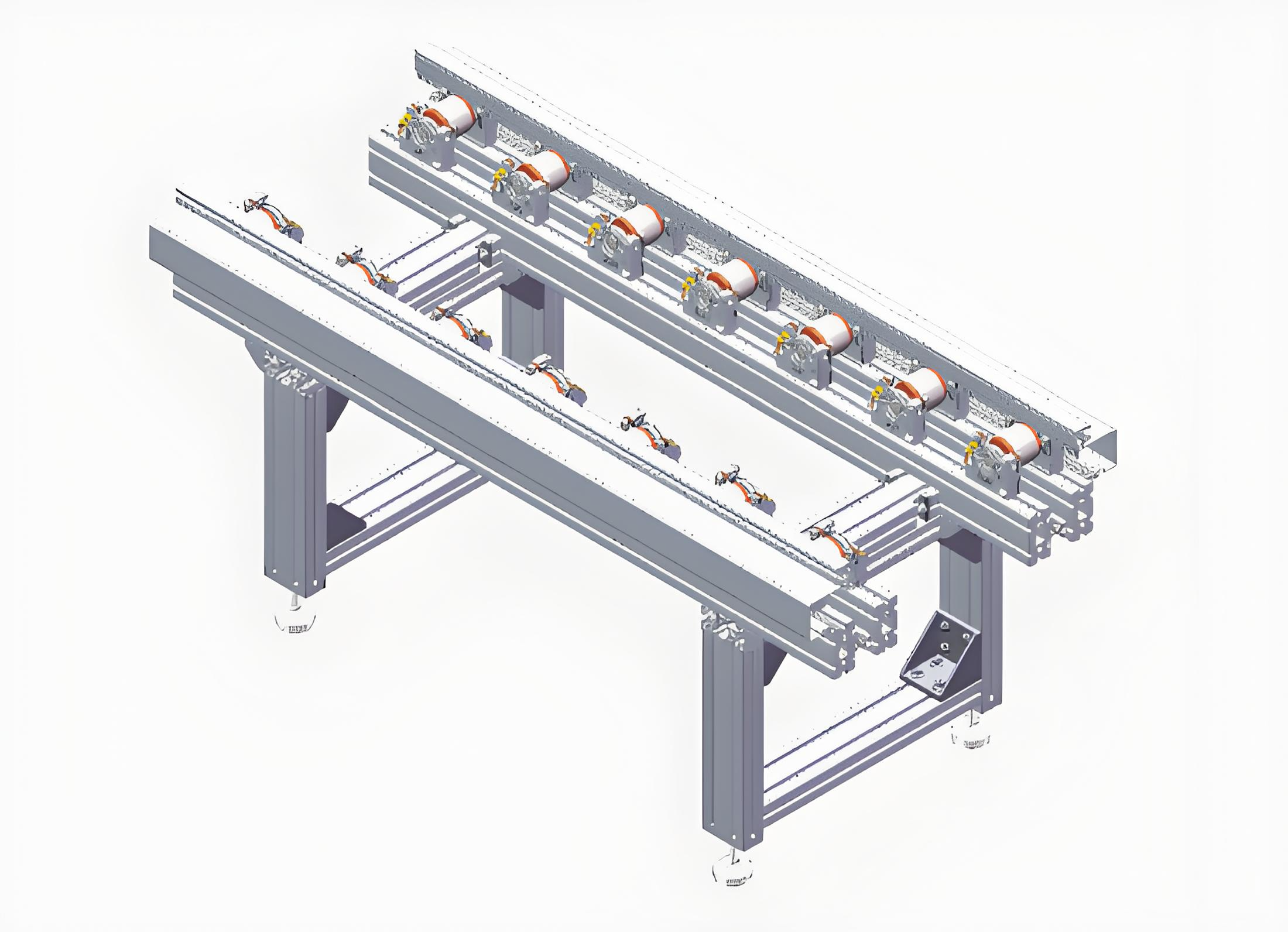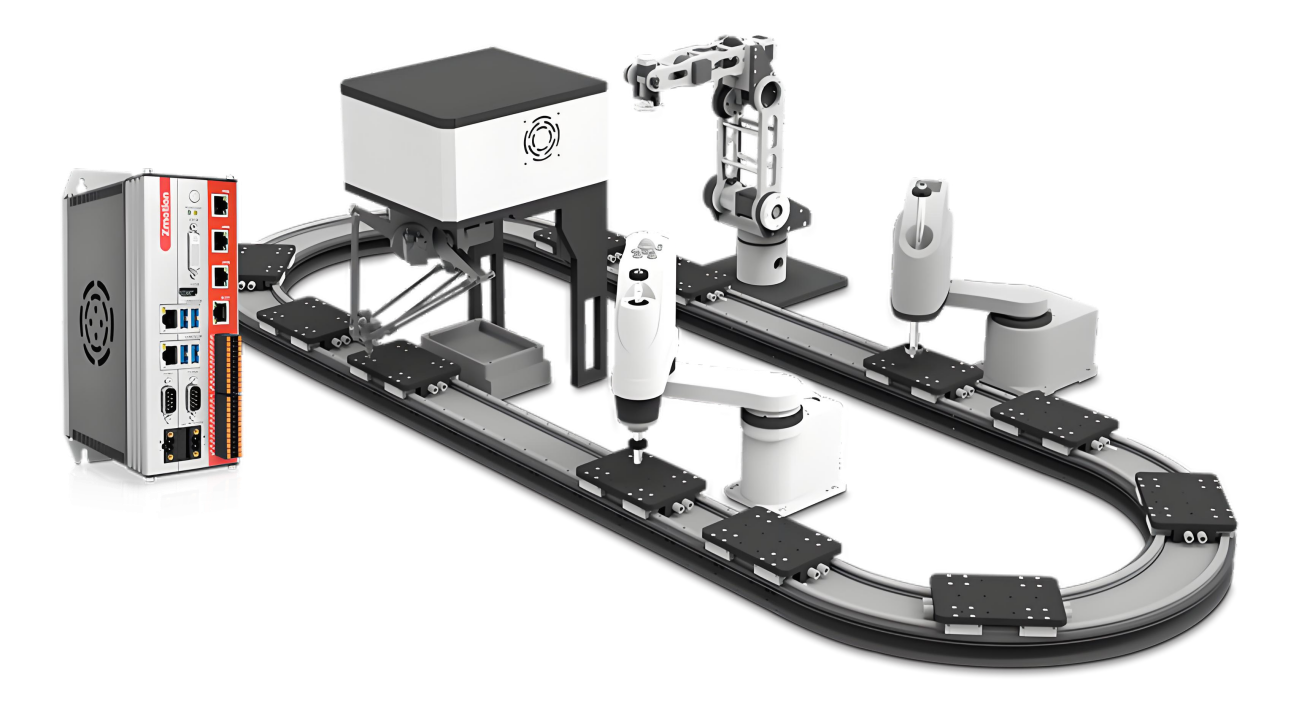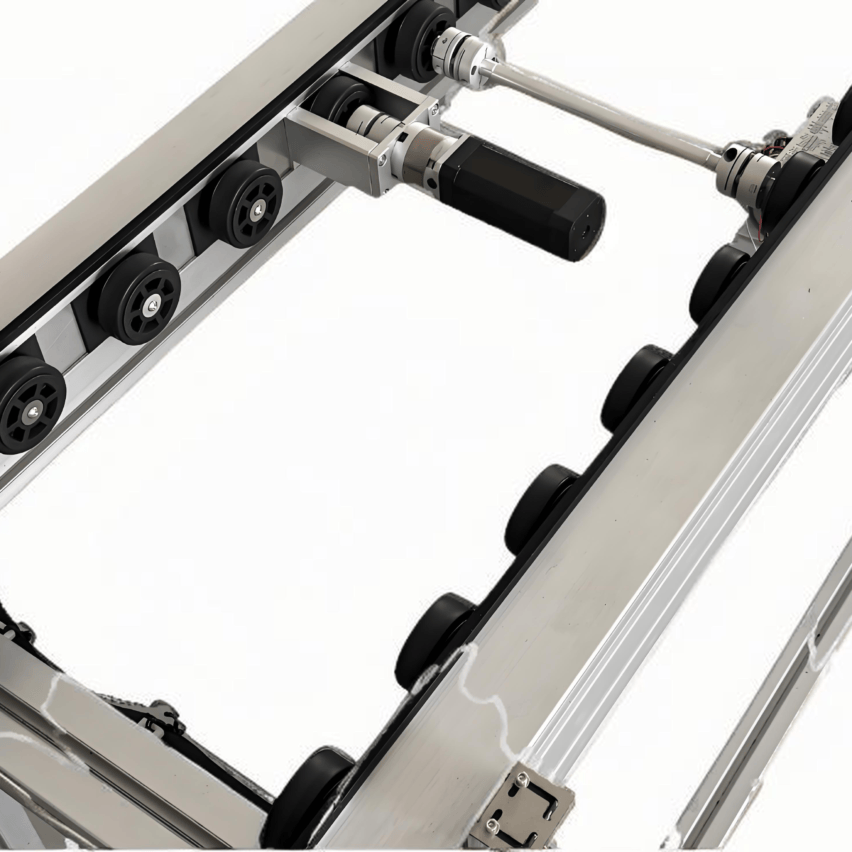In food and pharmaceutical production plants, there is an unassuming but critical piece of conveyor equipment - theFlexible chain conveyor line. It is responsible for the raw materials, semi-finished products, finished products to the various processes. But do not underestimate it, once out of order, is not a simple repair so easy, it is likely to involve product safety, production shutdown of the big problem. Today, we will make it clear to you.Flexible chain plate lineThe possible consequences of a malfunction and how the business should take it seriously:

One,Failure occurs, production stops
Flexible chain plate lineWhen it breaks down, the whole production line or a certain process will go on strike directly. For example, the chain plate is stuck, the front of the material can not be sent out, the back of the process waiting for packaging can only wait. This will lead to two troubles:
- The planned production could not be completed and the customer's order could not be delivered on time;
- Subsequent filling, labelling, boxing and other links are all disrupted, and it is difficult to make temporary adjustments.
Two,Product safety red light, double the risk of contamination damage
rightFood and Pharmaceutical IndustryFor that matter, product safety is the bottom line and cansprocket lineThere are four main risks that a failure will directly breach this bottom line:
- Physical damage:When the chain plate is misaligned or broken, the product will fall on the ground, pile up into a mountain, or even be squeezed and deformed;
- Physical contamination:Broken pieces of chainplates, small parts that fall off, and metal slag from wear and tear can get mixed into food or medicine;
- Chemical contamination:If a malfunction interrupts the cleaning process, cleaning agent residues can also contaminate the product;
- Microbiological contamination (most deadly):Stuck chain plates can stagnate products and oil leaks can make the environment humid, all of which become breeding grounds for bacteria and mould.
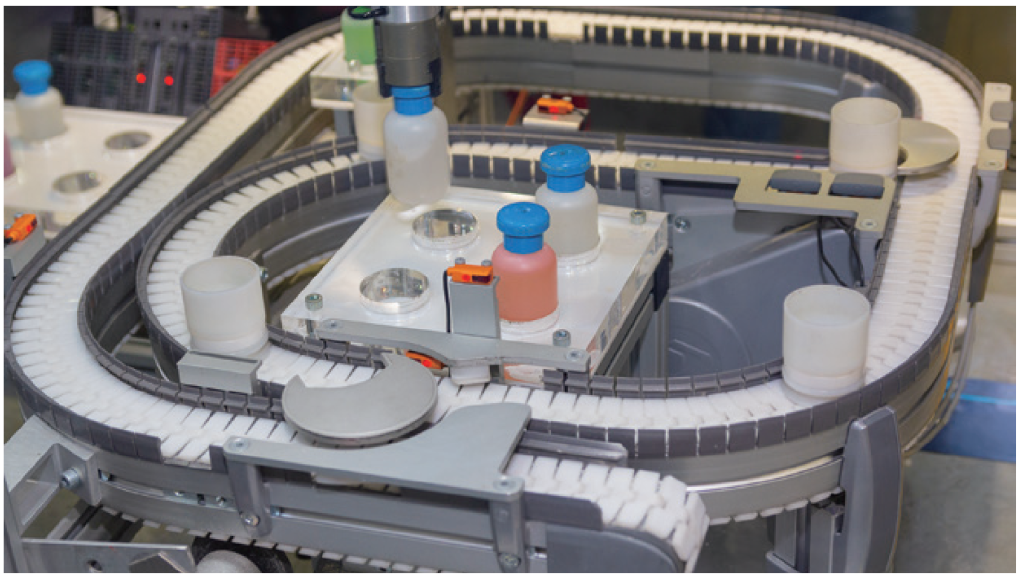
Three,Cleanliness and hygiene standards cannot be guaranteed
The food and pharmaceutical industries have extremely high hygiene requirements, such as GMP standards for pharmaceutical production and HACCP systems for food products. Maysprocket linePost-Failure:
- Stuck chain plate gap, oil leakage will become a cleaning dead end, food debris, oil can not be cleaned;
- If the fault interrupts the online cleaning, the equipment hygiene is not guaranteed, which will lay a safety hazard for the subsequent safe production.
Four,Elevated employee operational risk
Emergency repairs are required after a breakdown, when the risk of employee operation becomes greater:
- Equipment may have hot surfaces, or moving parts may start suddenly during maintenance, making it easy to burn or pinch;
- Product build-up and oil spills can make floors slippery and employees can fall;
- Broken chainplates have sharp edges that can cut your hands if you are not careful.
In the event of work-related injuries, not only will the employees suffer, but the enterprise will also be liable for compensation, affecting the normal order of the workshop.
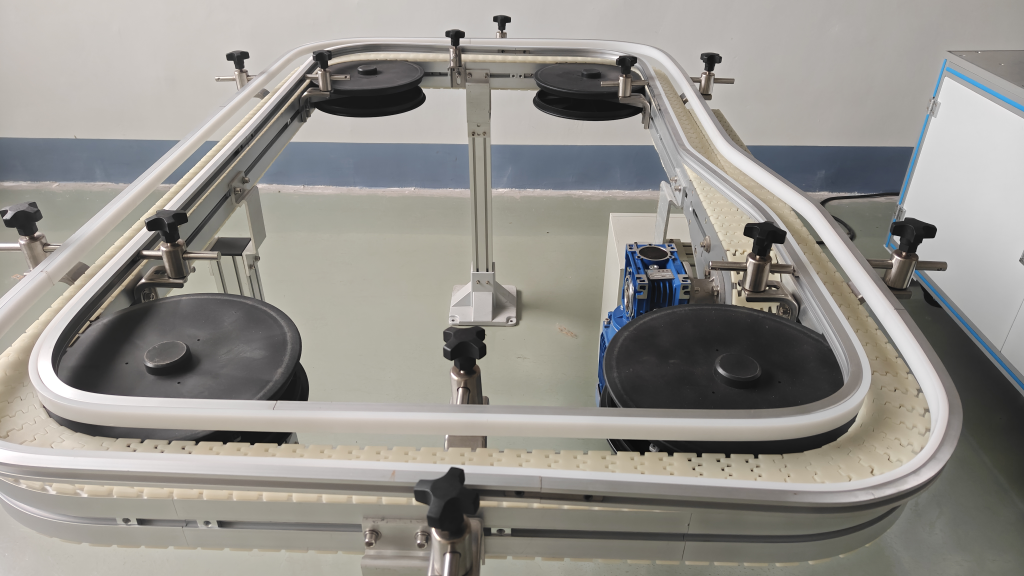
V. Response tocorporationsand the serious implications thereof
sprocket lineFailure brings losses that go far beyond the money spent on repairing the equipment, mainly in these areas:
1. Economic losses:
- Direct losses: cost of raw materials for scrap, spare parts to repair equipment, overtime for emergency repairs, and even more if external experts are called in;
- Indirect losses: no production during the shutdown period, delayed orders to pay fines, other related equipment is also idle, but also a waste of water and electricity;
- Potential Loss: If the product needs to be recalled, the money for logistics, destruction, and compensation is a lot of money, and you could lose customers.
2. Customer trust collapses:
If you can't deliver on time, customers are unhappy and may cancel their orders and turn to competitors. If there are frequent delays, the reputation of the company will deteriorate and it will be difficult to win back customers.
3. brand reputationdamaged::
If there are product contamination and safety incidents due to malfunction, consumers will completely distrust the brand.
4. Legal responsibility weighs on the body:
If they sell contaminated products, they may face class action lawsuits from consumers and have to pay huge amounts of compensation. Regulators may impose fines, suspend production and revoke production licences, and the person in charge of the company may even be held criminally liable.
5. Employee morale is low:
Frequent downtime for emergency repairs, dealing with scrap, and responding to customer complaints puts employees under tremendous pressure and can also affect normal production.

(Image source:Wei Chuang Automation)
Six,Avoid the serial pits by doing these 4 things for your business
Actually.Flexible chain plate lineIt's not impossible to prevent failures, and businesses can minimise the risk by doing these things right:
- Develop a rigorous preventive maintenance programme:Don't wait for it to break and then repair it, regularly check the chain plate tightness and lubrication, and replace the aging parts in time;
- Choose the right equipment:Priority is given to chain lines made of safe materials that are easy to clean, such as food-grade stainless steel, to reduce the risk of contamination;
- Spare critical spare parts:Store commonly used chain plates, bearings and other spare parts so that they can be quickly replaced in case of failure, reducing downtime;
- Church Staff:Give professional training to operation and maintenance employees so that they can detect minor problems in time and operate the equipment in a standardised manner.
For food and pharmaceutical companies.Flexible chain plate lineNot a small piece of equipment, but a critical line of defence for survival. The money saved on maintenance may be much less than the subsequent compensation and fines. Pay attention to it and maintain it well in order to guarantee product safety and enterprise stability, which is the real long-term investment.


